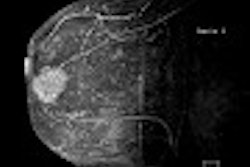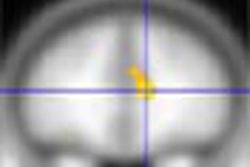Dear MRI Insider:
In this age of Spellcheck and computer software that will "do the math" for us, it’s easy to dismiss chronic misspelling -- or the inability to figure out the tip on a restaurant bill -- as mere laziness. But there may be a more serious reason for the mental blips that go beyond inattention: Dyslexia.
Nearly 15% of the world’s population suffers from some form of this learning disability, and many are never officially diagnosed. According to figures compiled by the U.S. Department of Justice, 80% of all people with learning disabilities have dyslexia.
It is thought to be the single most common cause of reading, writing, and spelling difficulties.
For a child with dyslexia, learning to read can be particularly traumatic. While a number of educational programs claim to unlock the mysteries of reading for dyslexic children, how effective are they? Researchers from two East Coast universities set out to answer this question by testing a computer-based reading program with functional MRI.
On the fMRI scans of dyslexic children, the investigators identified changes in blood oxygenation in various brain regions, which indicated changes in neuronal activity. They found that it is quite possible to "rewire" the dyslexic brain through a commercial learning program.
As an MRI Insider, you can read more about this revelatory study here.
Also, if neuroradiology is where your interests lie, the MRI Digital Community has recently featured a host of articles on brain imaging. MRI played a key role in a study that determined the amount of memory amnesiacs retain. Magnetic resonance spectroscopy shed new light on the brain chemistry of children with attention deficit/hyperactivity disorder.
Finally, check out our special feature on MRI of white matter disease. This multimedia presentation covers the imaging and clinical features of a number of white matter disease categories, including congenital disorders.



















